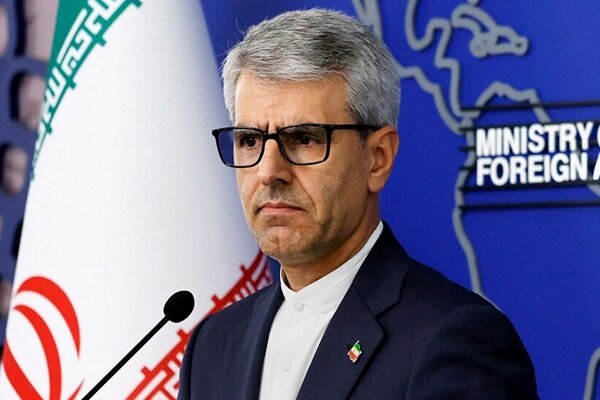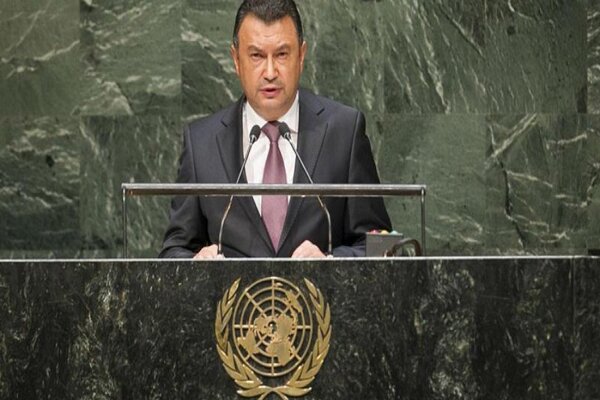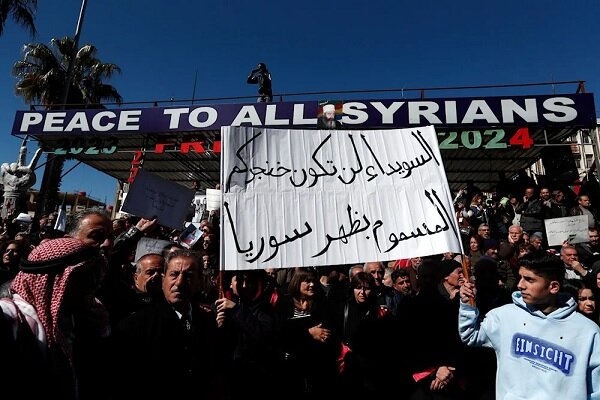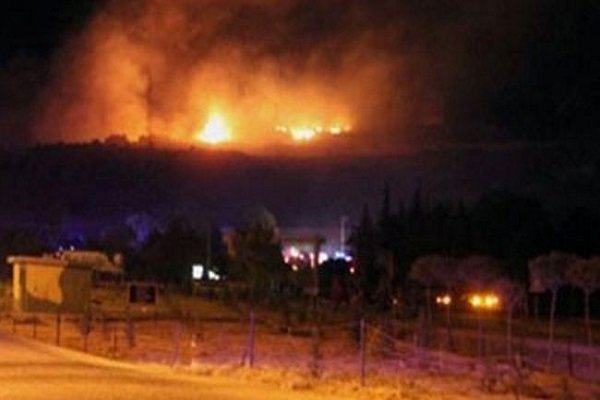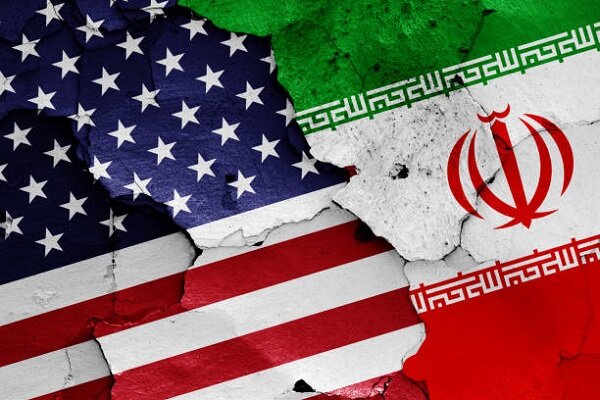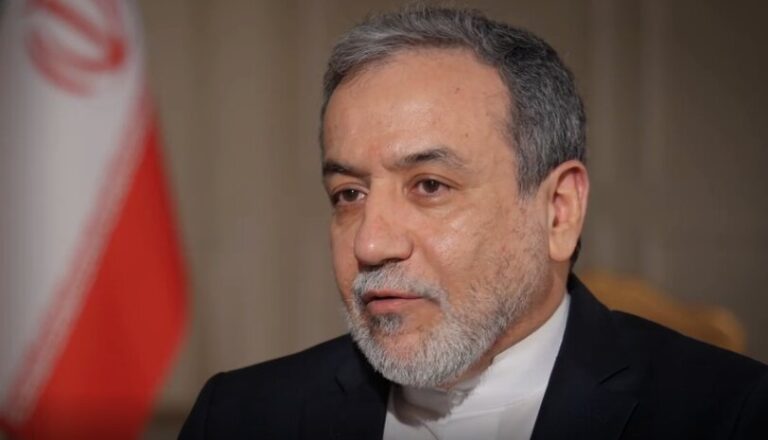Unpacking U.S. and Israeli Interests: Which Vision for Lebanon Do Washington and Tel Aviv Seek?
In recent developments regarding Lebanon’s security and political landscape, Israeli Prime Minister Benjamin Netanyahu has voiced intentions for a strong Lebanese state that could confront and disarm Hezbollah. This statement came after his meeting with U.S. Secretary of State Marco Rubio in the occupied Palestinian territories, highlighting ongoing tensions and the historical context surrounding Lebanese-Israeli relations.
The backdrop of this situation can be traced back to significant historical events, particularly following the signing of the Cairo Agreement in 1969. This agreement transformed neighboring Lebanese villages into military bases for the Palestine Liberation Organization (PLO) and its allies, which intensified during the Lebanese Civil War that erupted in 1975.
One pivotal moment in this conflict occurred on March 11, 1978, when a PLO group, led by the female martyr Dalal Mughrabi, infiltrated Israeli-held territories, resulting in the deaths of 37 Israelis and injuries to 76 others. This operation triggered “Operation Litani,” a military response that lasted for seven days, displacing approximately 300,000 Lebanese citizens and leading to the massacre of around 1,500 individuals. The Israeli army also occupied about 1,100 square kilometers of Lebanese territory.
On March 19, 1978, Lebanon’s complaint to the United Nations Security Council resulted in the issuance of UN Resolution 425, which called for the withdrawal of Israeli forces from occupied territories. Despite this resolution, Israeli forces maintained control over a 700-km border area with the aid of their ally, Saad Haddad, claiming that the Lebanese army was unprepared to take charge.
In the years that followed, Haddad proclaimed the establishment of the “State of Free Lebanon” in the territories under his control, which expanded significantly after Israel’s invasion in 1982. Fast forward nearly four decades, and it appears that the Israeli government is attempting to replicate historical scenarios that Hezbollah successfully thwarted on May 25, 2000.
Netanyahu’s current agenda seems to aim at limiting the Lebanese army’s role to border control while suppressing dissenting voices within the country. Recent incidents, such as the army’s actions against peaceful demonstrators on the airport road, illustrate this tension. The demonstrators were protesting against perceived U.S.-Israeli influence over Lebanon.
In a related development, Nabih Berri, the Speaker of the Lebanese Parliament, has reportedly urged President Joseph Aoun to exert pressure on Prime Minister Nawaf Salam. This is in response to concerns surrounding the landing of Iranian aircraft in Beirut, with fears that key Iranian figures might be barred from attending the funerals of Hezbollah leaders, Sayyed Nasrallah and Sayyed Safieddine, who were killed in Israeli bombardments.
As of this morning, Israeli forces were expected to withdraw from several locations including Yaroun, Maroun al-Ras, Blida, Mays al-Jabal, Markaba, Houla, Adaisseh, and Kfar Kila. However, five strategic hills were to remain occupied due to their significance for military observation.
US General Jasper Jeffers, who leads the ceasefire supervision committee, has indicated that while Israeli forces will withdraw from urban areas, they will maintain positions on the eastern outskirts of the occupied territories.
Tragically, on Sunday, Khadija Atwi, the daughter of a Hezbollah martyr, was killed while residents attempted to liberate her town of Houla. Reports indicate that enemy forces obstructed Lebanese soldiers from retrieving her body and providing medical assistance to the injured.
The fall of Bashar al-Assad’s regime in Syria has underscored a crucial lesson: any regional entity that forsakes the path of resistance is likely to be compelled to comply with American and Israeli directives. Netanyahu’s aim appears to be transferring responsibilities to the Lebanese government that he could not fulfill, involving the Lebanese army in conflicts against resistance movements while simultaneously attempting to displace people from Gaza.
As the situation evolves, there is a noticeable increase in political and media rhetoric against Hezbollah, which aims to undermine Iranian financial support for rebuilding efforts in previously bombarded areas. The timeline for these escalations is particularly focused on the period from October 2023 to November 2024, during which significant Israeli bombardments are expected to continue.
Currently, the agenda for the U.S. embassy in Beirut seems to be centered on promoting normalization efforts, such as the “Abraham Accords,” which necessitates control over all Lebanese decision-making bodies and governmental facilities. This includes critical infrastructures like airports and ports, all while sidelining crucial discussions regarding land demarcation and the return of displaced Syrians.

